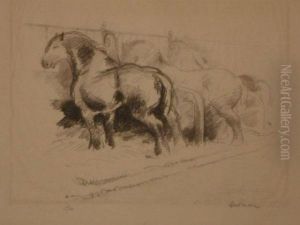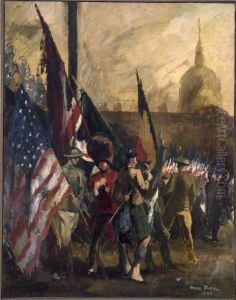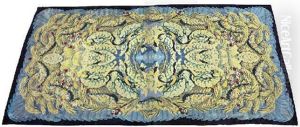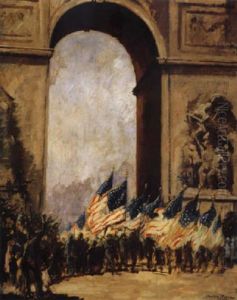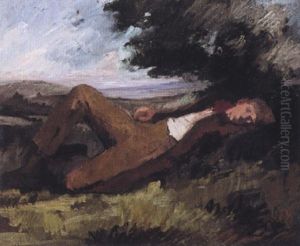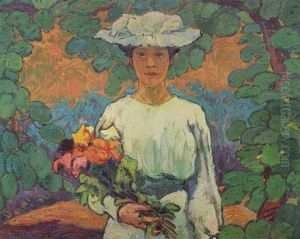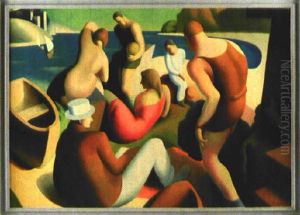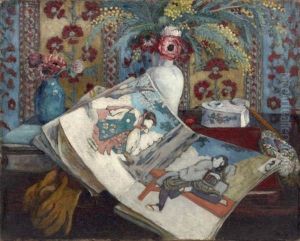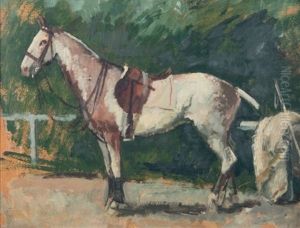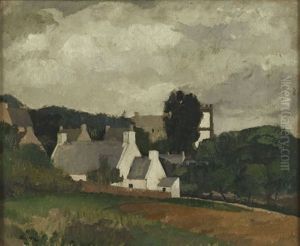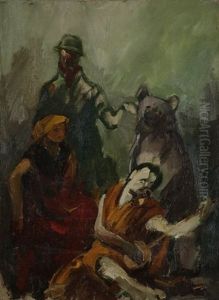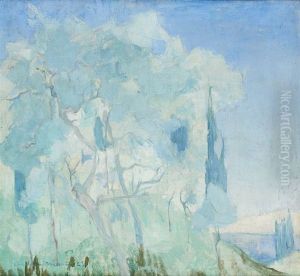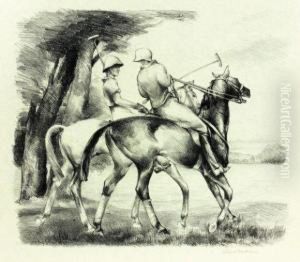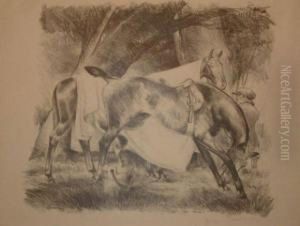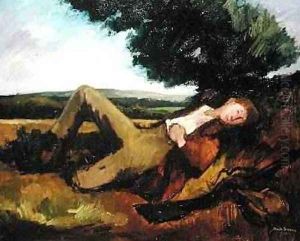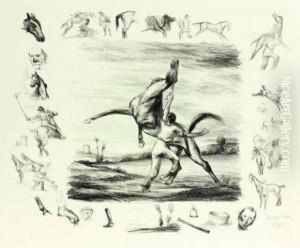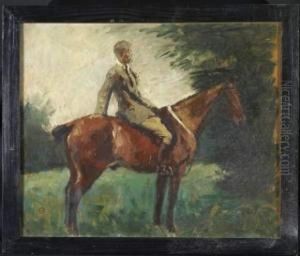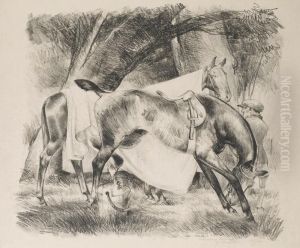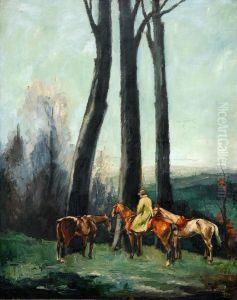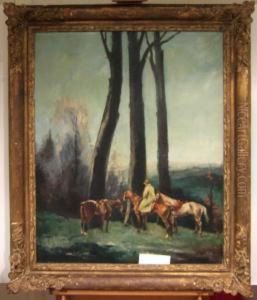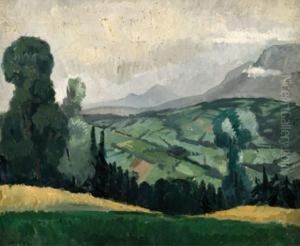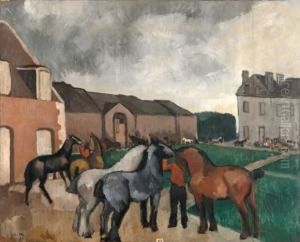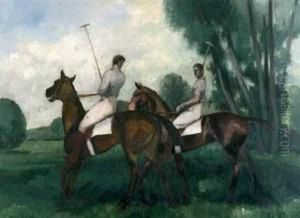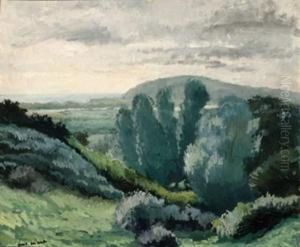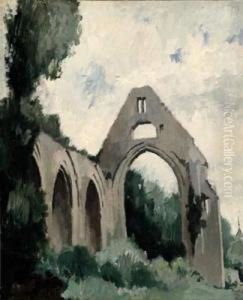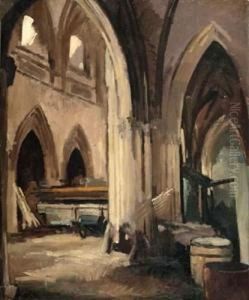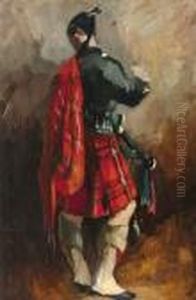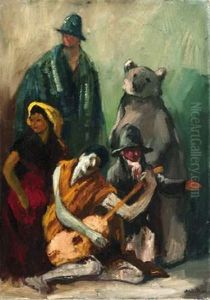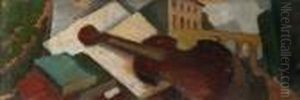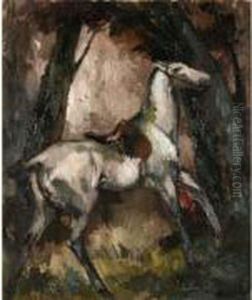Andre Mare Paintings
André Mare, born André Renaudin on November 1885 in Argentan, France, was a versatile and talented artist who made significant contributions to the fields of painting, decorative arts, and camouflage during his lifetime. Mare initially showed a strong inclination towards painting and studied at the École des Beaux-Arts in Paris. His early work was influenced by Impressionism, but he soon developed a distinctive style that leaned towards Cubism and the emerging avant-garde movements of the early 20th century.
During World War I, Mare's artistic skills found an unusual application in the development of military camouflage. He co-founded the Camouflage Section of the French army, which was one of the first units dedicated to camouflage techniques in military history. Mare, along with other artists, worked on disguising various military installations, vehicles, and equipment, which proved to be an invaluable asset to the French military efforts.
After the war, André Mare returned to his artistic pursuits and became one of the founders of the Compagnie des Arts Français, a collective that aimed to integrate fine and decorative arts. In collaboration with renowned designer Louis Süe, Mare designed interiors and decorative objects that reflected the Art Deco aesthetic, a style that was gaining popularity at the time. Mare’s work in this period is characterized by geometric forms, bold colors, and an elegance that was synonymous with the Art Deco movement.
Mare's career as an artist was cut short when he died unexpectedly in 1932. Despite his relatively short life, André Mare left an indelible mark on the art world through his innovative approaches to painting, decorative arts, and military camouflage. His legacy continues to be appreciated by art historians and collectors, and his works are displayed in various museums and galleries around the world.
